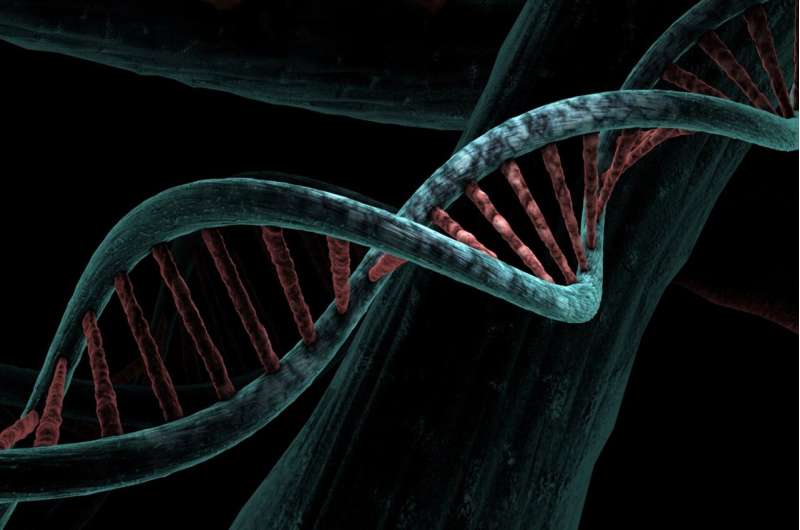Call for Stricter Sperm Donation Regulations After Discovery of Cancer-Causing Genes in Donors

Experts call for improved regulation and genetic screening of sperm donors across Europe to prevent the transmission of cancer-linked genes to children, ensuring safer assisted reproductive practices.
Recent cases have raised alarms over the safety of sperm donation practices across Europe, highlighting the risks of passing on cancer-linked genetic mutations to children conceived through donor sperm. At the European Society of Human Genetics conference, Dr. Edwige Kasper from Rouen University Hospital emphasized that the lack of harmonized regulations within Europe can lead to repeated use of the same donor in multiple families, increasing the risk of inherited genetic disorders and inbreeding.
A notable case involved a French patient who was informed that her donor's sperm contained a variant in the TP53 gene, known to be associated with Li-Fraumeni syndrome, a rare hereditary condition predisposing individuals to various early-onset cancers. Despite the donor being in good health, this genetic variant posed a significant risk to potential offspring, some of whom had already developed leukemia or lymphoma. Consequently, use of this donor was halted.
Dr. Kasper explained that the variant’s potential to cause cancer was confirmed through extensive analysis, including genetic databases, functional testing, and computational predictions. Children born from this donor are now subject to rigorous screening and ongoing surveillance, involving whole-body MRI scans and other imaging techniques, to facilitate early detection of tumors. These protocols help improve survival chances despite the emotional and physical stresses involved.
The case underscores the need for comprehensive regulation of donor sperm across Europe. Laws currently vary significantly, restricting the number of children born from a single donor—France limits this to ten, Germany and Denmark to 15, and the UK to 12 families—but these limits are inconsistently enforced or reported, leading to potential overlaps and increased risk.
Dr. Kasper advocates for more stringent, harmonized policies ensuring that all donors undergo thorough genetic screening and that information about genetic risks is transparently shared with recipients. She emphasizes that clinics should prioritize safety by conforming to medical standards similar to those in France, where donor screening is closely monitored and genetic anomalies are promptly investigated.
The collective efforts of European genetic health networks continue to identify and address similar risks, aiming to prevent recurrence of such cases. Experts stress that establishing a continental regulatory framework is crucial to limit the number of offspring from a single donor and mitigate long-term health risks associated with gonadal mosaicism and genetic mutations.
Overall, these developments highlight the importance of improving regulation and genetic screening in assisted reproductive technologies to protect future generations from inheriting life-threatening genetic conditions.
Stay Updated with Mia's Feed
Get the latest health & wellness insights delivered straight to your inbox.
Related Articles
New Global Framework Pioneers Precision Medicine in Sepsis and Critical Care
Recent studies in *Nature Medicine* introduce a unified molecular framework for sepsis, paving the way for precision medicine and targeted therapies in critical care.
Exploring the Link Between Sleep-Related Leg Movements and Diabetes Risk
New research explores the connection between sleep-related leg movements and increased risk of developing diabetes, highlighting a potential new factor in chronic disease prevention.
Enhancing Platelet Production by Targeting STAT1 and Epigenetic Pathways
A new study uncovers how inhibiting STAT1 boosts platelet generation from iPS cells by modulating the LIN28A-let-7 pathway, advancing ex vivo platelet manufacturing techniques.
Impact of Climate Change on the Spread of Dengue Fever in Western Europe
Climate change is expanding the habitat of the Asian tiger mosquito into Western Europe, increasing the risk of dengue fever and other mosquito-borne diseases in previously unaffected regions.



